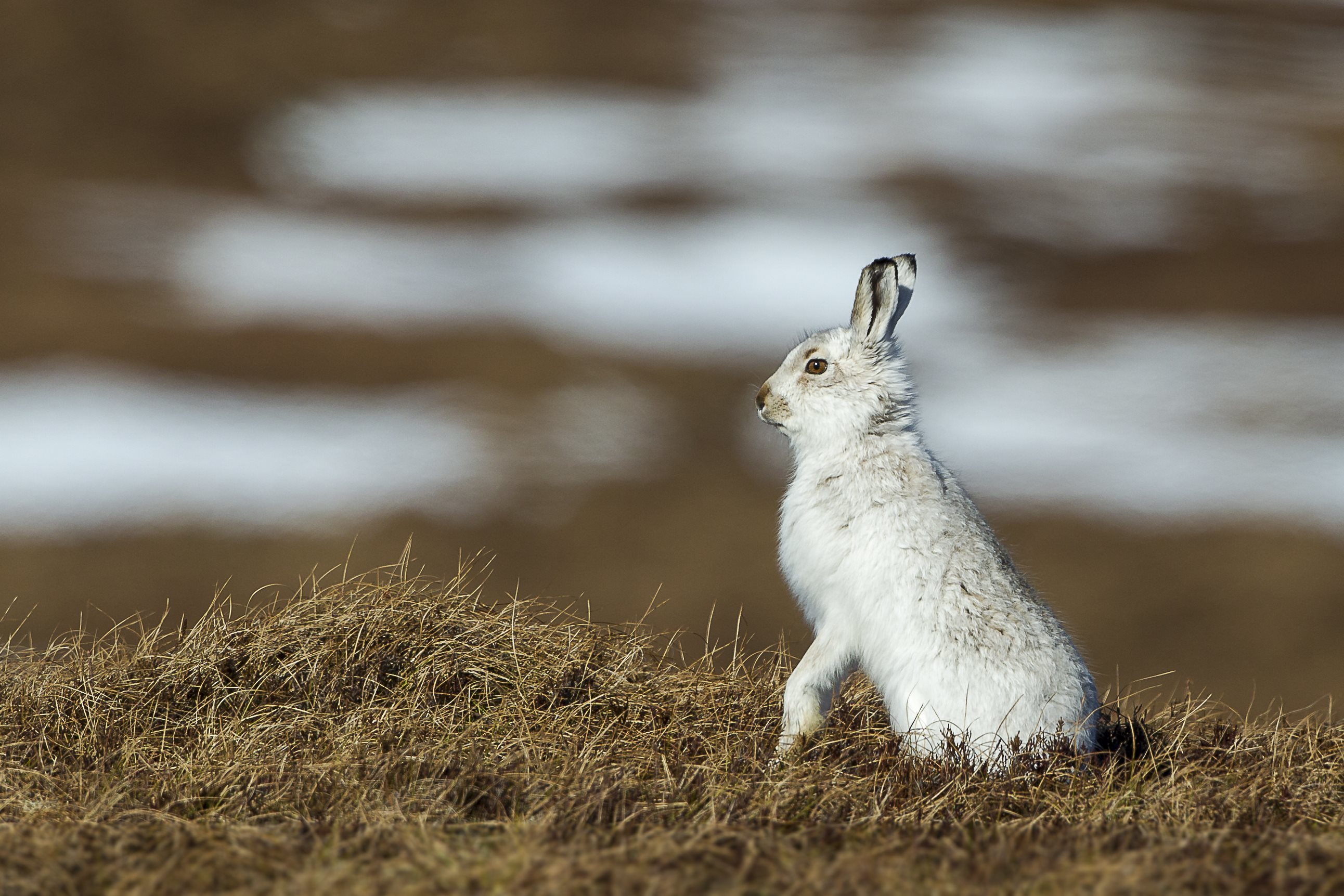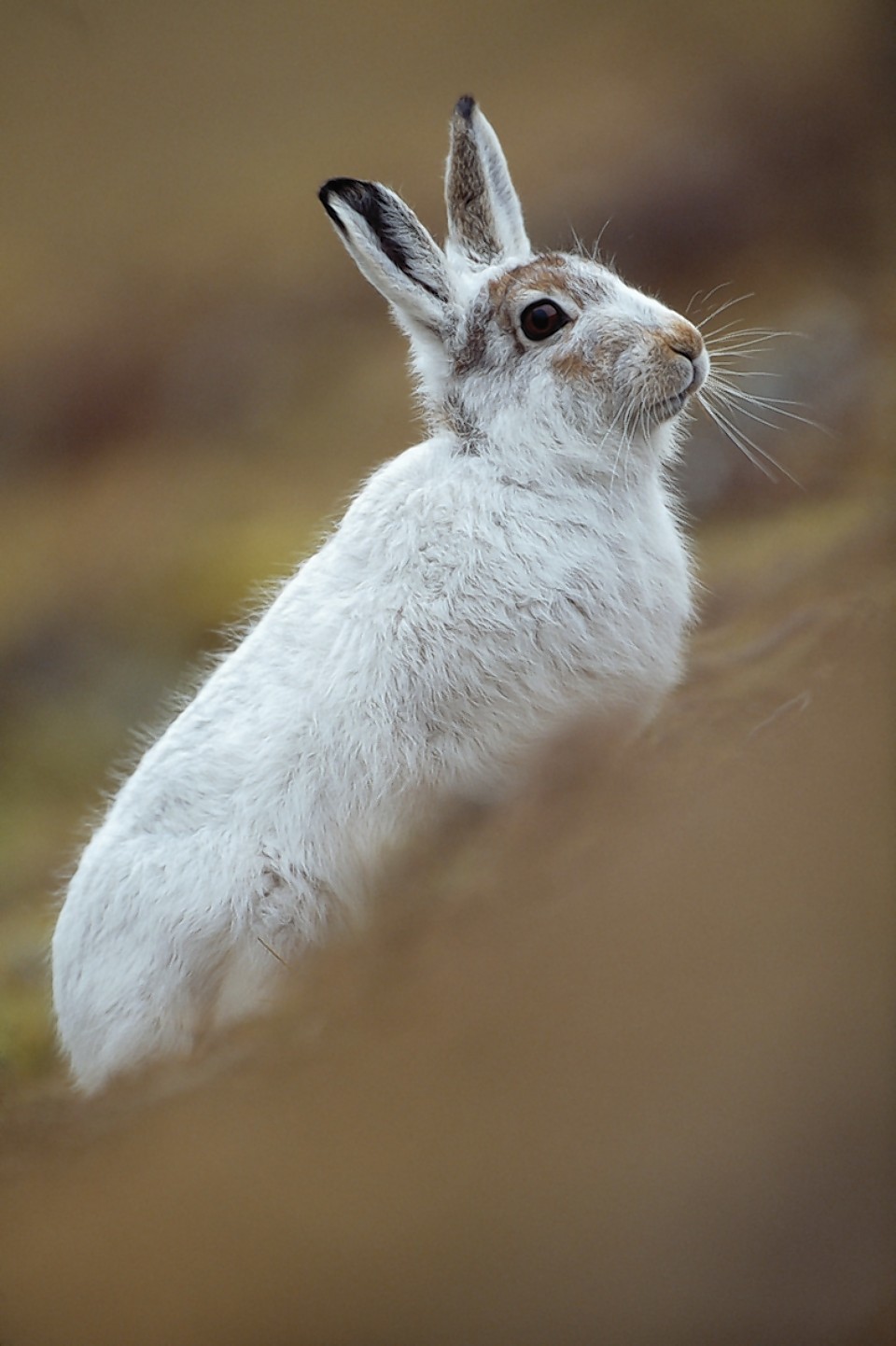Two good grouse seasons have boosted numbers of a much-loved Scottish species, the mountain hare.
The mountain hare population is now thought to be around 350,000, with levels in some areas reported to be an all-time high.
Land managers on grouse moors in Speyside, the Highlands and Angus Glens said that numbers are increasing along with grouse levels.
The rise has been welcomed given recent concern that numbers were dropping.
The mountain hare is the only native species of hare or rabbit in Britain, and is known for its white plumage during the winter months and brown during the summer.
Heather moorland managed for red grouse is a good habitat for the species.
It is known that its population fluctuates in seven to 10 year cycles, however actively managed moorlands give it Scottish species a sustainable future.
Danny Lawson, head gamekeeper on Glenogil Estate in the Angus Glens, said: “I have seen more mountain hares this year than at any time since I came here. Our mountain hare population has been increasing along with grouse over the last three years because our heather management gives them good grazing and because of predator control over the estate and other neighbouring estates.
“Good weather in the breeding season helps mountain hare numbers and the last two seasons, 2013 and 2014, have been very good for both grouse and mountain hares.
“Like grouse, mountain hare populations have to be carefully managed. Culling is legal and is necessary in some circumstances and such management should be done sustainably and be supported by a sound management plan.”
Tim Baynes, director of the Scottish Moorland Group, says: “There are surprising gaps in our collective knowledge about this secretive animal.
“This can lead to assumptions about population changes which are not correct and we support the research project commissioned by Scottish Natural Heritage to get a better handle on how to accurately count hares on the open hill.
“What does seem certain from the long term observations of moorland managers on the ground is that there is a strong link to land use; hare numbers are likely to go down where moorland is unmanaged or afforested but will increase where managed for red grouse.”

